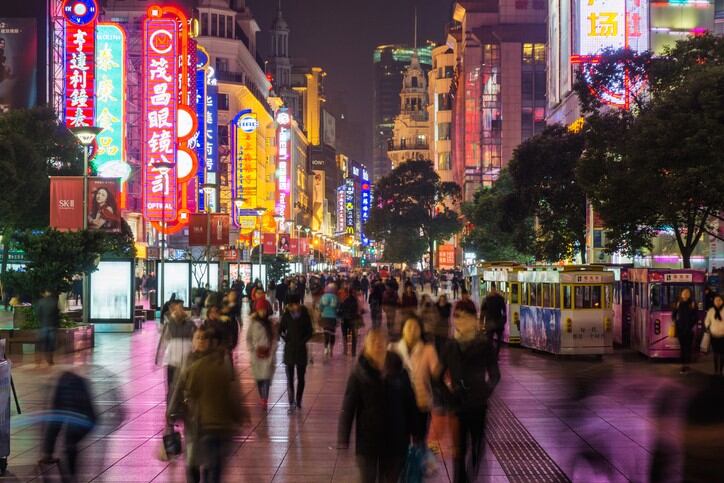“At the raw materials level, we see local players getting stronger. International brands like us have a lot of competition. I would say their quality is getting closer and they are innovating a lot faster. Their price is more acceptable compared to global companies.” said Vivien van de Water, sales director of Merck’s commercial cosmetics in Asia.
Meeting local challenges
To combat these challenges, van de Water stresses the importance of going local.
“The way to do it is to become more local to meet the needs and demands. One of our initiatives was to go to Asia and be more local and think more local.”
She pointed out that the personal care business in China has changed for suppliers like Merck.
For example, the company has developed products tailored for the Chinese market.
“In the past, we would never have products specifically designed for the Chinese market. As an international company, it was difficult because of all the constraints… But now it’s a must if you want to be successful in China,” she said.
Merck is currently fine-tuning these products and aims to launch them in the second or third quarter of this year.
To further assimilate into the local market, Merck has formed alliances with local beauty brands.
In the past year, Merck has signed strategic partnerships with Marie Dalgar and Pechoin, two of its long-time Chinese customers.
“We have worked with them for many years, and our strategic partnerships started a year ago. We want to work closely with these local customers and we will continue to build on this momentum,” said van de Water.
By working with local brands, she said the company had learnt to adapt. “We have to respond to their needs quickly, localise and customise to their needs.”
She said this is the route Merck will continue to take in China. “We definitely will continue working on this for at least the next five years. We work closely with global brands but it's more important to drive these local alliances. It gives us an edge.”
“The positioning of these brands will accelerate in the coming years. In the past, they were slow and had to play catch up. Now they are only missing the global positioning,” said van de Water.
She added: “This is why they need to work with global companies like Merck. We are a 350-year-old company and there’s a reason why we still exist. They work with us not just as a supplier but a partner. It’s a win-win.”
Opportunities in China
Van de Water said that Merck was confident of the growth prospects in China’s personal care market.
The firm sees the make-up segment as one of the big opportunities and hopes to capture the needs and demands of the sector.
“If you look at personal care, skin care is for sure the dominant part of the market. But nevertheless, the growth rate for make-up is much stronger. We are seeing double-digit growth for colour cosmetics.”
Among Merck’s latest product launches are its new aluminium-based pigments developed with “Smart Effect” technology
“The effects of the pigments are much stronger and dominant. The colours look more complete, more full,” explained van de Water.
She added that the range had proven popular and Merck was planning to add more colours to the line. “We want to make sure we are continuously innovating.”
Van de Water believes the make-up trends in China will be dynamic – with a focus on expressing individuality rather than following a single trend.
The increasingly younger demographic will also play a role in shaping the market, she said.
“Young people have already become the main force of cosmetics consumption. The younger generation with higher education often has finer pursuits for products and their preferences are more diverse and changeable.”
This means companies need to introduce new products at a rapid rate to meet the demands of the market.
“This is a huge pressure for enterprises. It gives huge opportunities for many emerging brands to grow rapidly. At the same time, it forces the old brands to upgrade their products continuously and enhance their core competitiveness.”





